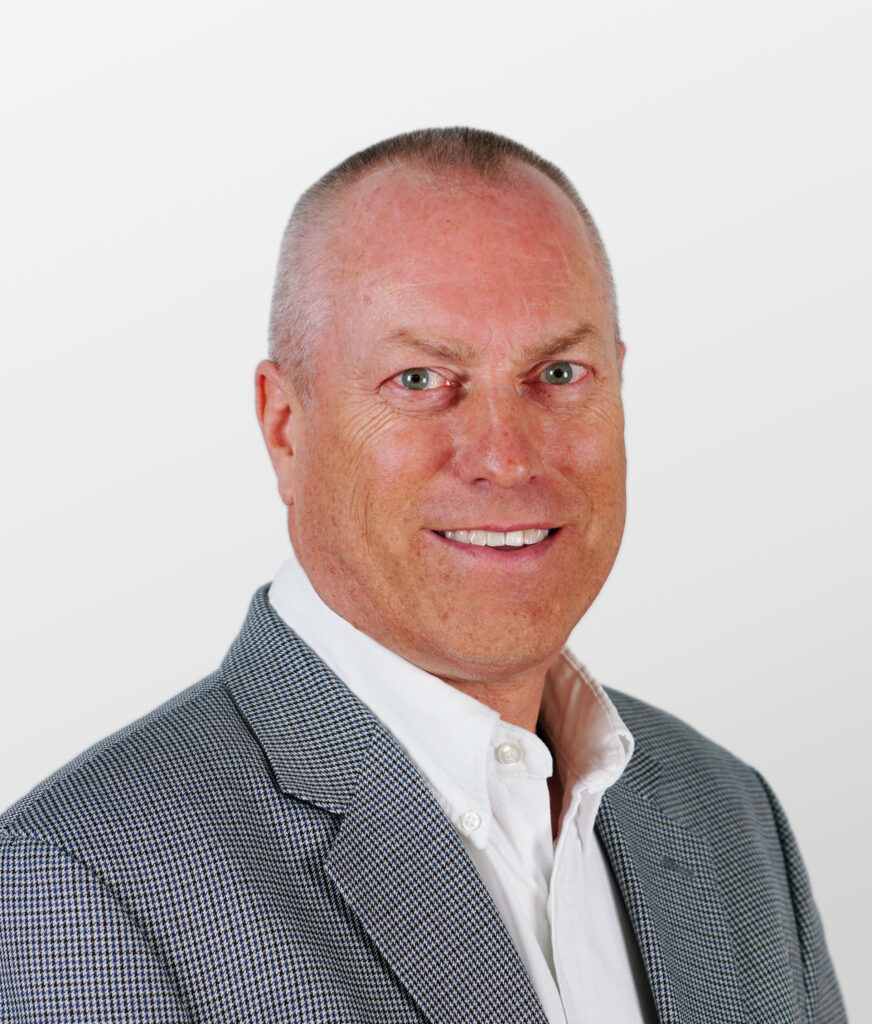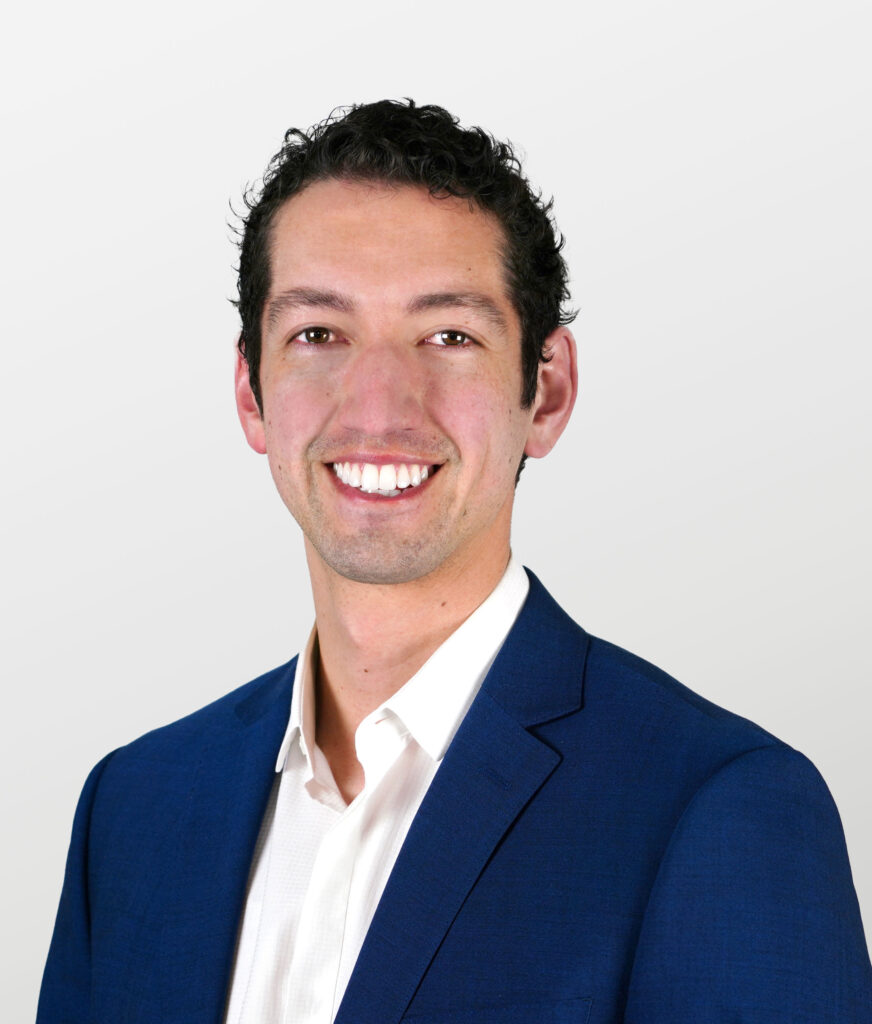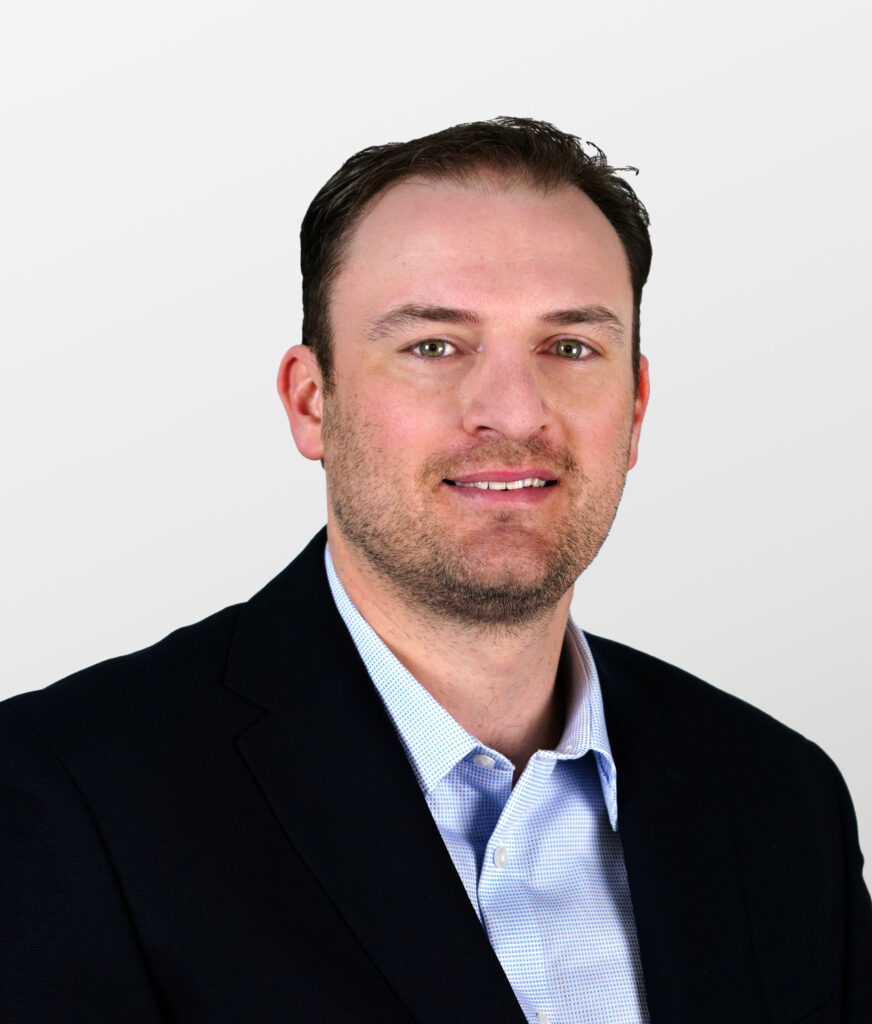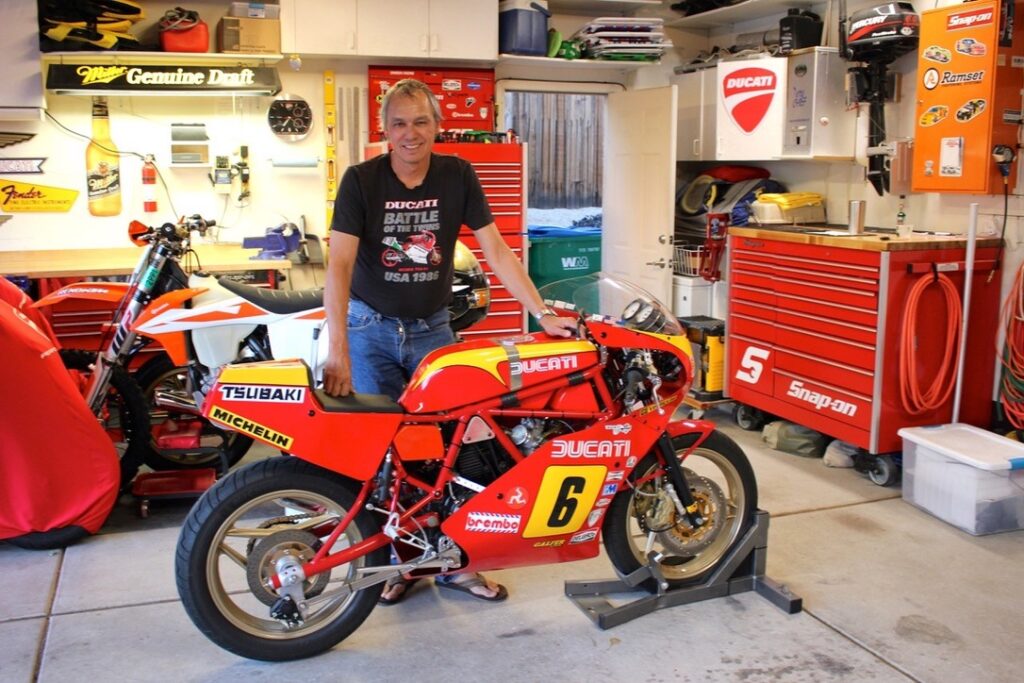31. Study of Seismic Isolation Systems for Computer Floors
This report describes the development and testing of a computer floor seismic isolation systems which uses existing devices developed for the seismic isolation of buildings and shock isolation of military equipment. A computer floor system with raised floor and a generic slender equipment cabinet was constructed. It was isolated by spherically shaped sliding bearings and was highly damped either by utilizing high friction in the bearings or by installing fluid viscous dampers. The spherically shaped bearings provided the simplest means of achieving long period in the isolation system under low gravity load. The isolation system prevented rocking of the cabinet on top of the isolated floor and substantially reduced its acceleration response in comparison to that of a conventional computer floor. An analytical study was also conducted in order to extend the results to a range of parameters which could not be tested.













